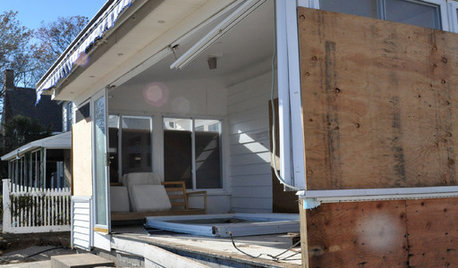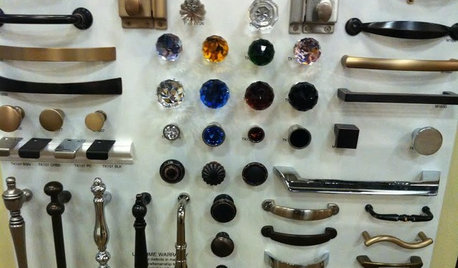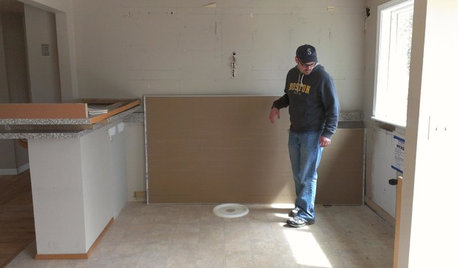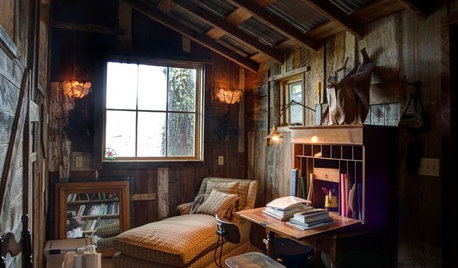How to pull finishing nails with minimal damage
maineman
18 years ago
Featured Answer
Sort by:Oldest
Comments (14)
Jon1270
18 years agobrickeyee
18 years agoRelated Professionals
Aspen Hill Cabinets & Cabinetry · Little Chute Cabinets & Cabinetry · Lockport Cabinets & Cabinetry · White Oak Cabinets & Cabinetry · Albany Carpenters · Annapolis Carpenters · Golden Glades Carpenters · Miller Place Carpenters · Arlington Heights Flooring Contractors · Beacon Flooring Contractors · Cornelius Flooring Contractors · Lakewood Flooring Contractors · Mesa Flooring Contractors · St. Johns Flooring Contractors · Sugar Hill Furniture & Accessoriesmaineman
18 years agomaineman
18 years agomaineman
18 years agoBill_Wilson
18 years agotalley_sue_nyc
18 years agoJon1270
18 years agoUser
18 years agokudzu9
18 years agobrickeyee
18 years agochiefneil
18 years agobrickeyee
18 years ago
Related Stories

DISASTER PREP & RECOVERY7 Initial Steps for Dealing With Floodwater Damage
How you handle your flooded home and its contents can affect not only the damage level but also your personal safety
Full Story
BATHROOM DESIGNWater Damage Spawns a Space-Saving Bathroom Remodel
A game of inches saved this small New York City bathroom from becoming too cramped and limited
Full Story
REMODELING GUIDESFinish Your Remodel Right: 10 Tasks to Check Off
Nail down these key details to ensure that everything works properly and you’re all set for the future
Full Story
HOUZZ TOURSHouzz Tour: Warm Minimalism in the California Wine Country
Mixing yellow pine and lots of sunshine with a simple design, this vineyard getaway is just right for its site
Full Story
EXTERIORSMini-Me Mailboxes Add Curb Appeal
The spitting image of their parents or merely sharing some genes, these mailboxes show that good design goes beyond the front door
Full Story
MY HOUZZMy Houzz: Japanese Minimalism Blends With Classic New Orleans Style
African art and indoor plants complement the clean and modern aesthetic of two landscape architects
Full Story
KITCHEN DESIGNGet a Grip on Kitchen Cabinets With the Right Knobs and Pulls
Here's how to pair the right style, type and finish of cabinet hardware with your kitchen style
Full Story
PETS5 Finishes Pets and Kids Can’t Destroy — and 5 to Avoid
Save your sanity and your decorating budget by choosing materials and surfaces that can stand up to abuse
Full Story
KITCHEN DESIGNStylish New Kitchen, Shoestring Budget: See the Process Start to Finish
For less than $13,000 total — and in 34 days — a hardworking family builds a kitchen to be proud of
Full Story
BARN HOMESA Rebuilt Barn Pulls Some Neat Tricks
Using the same materials, an architect recreates the charm of the original barn while hiding the modern structural elements
Full StorySponsored
Franklin County's Preferred Architectural Firm | Best of Houzz Winner
More Discussions








joed